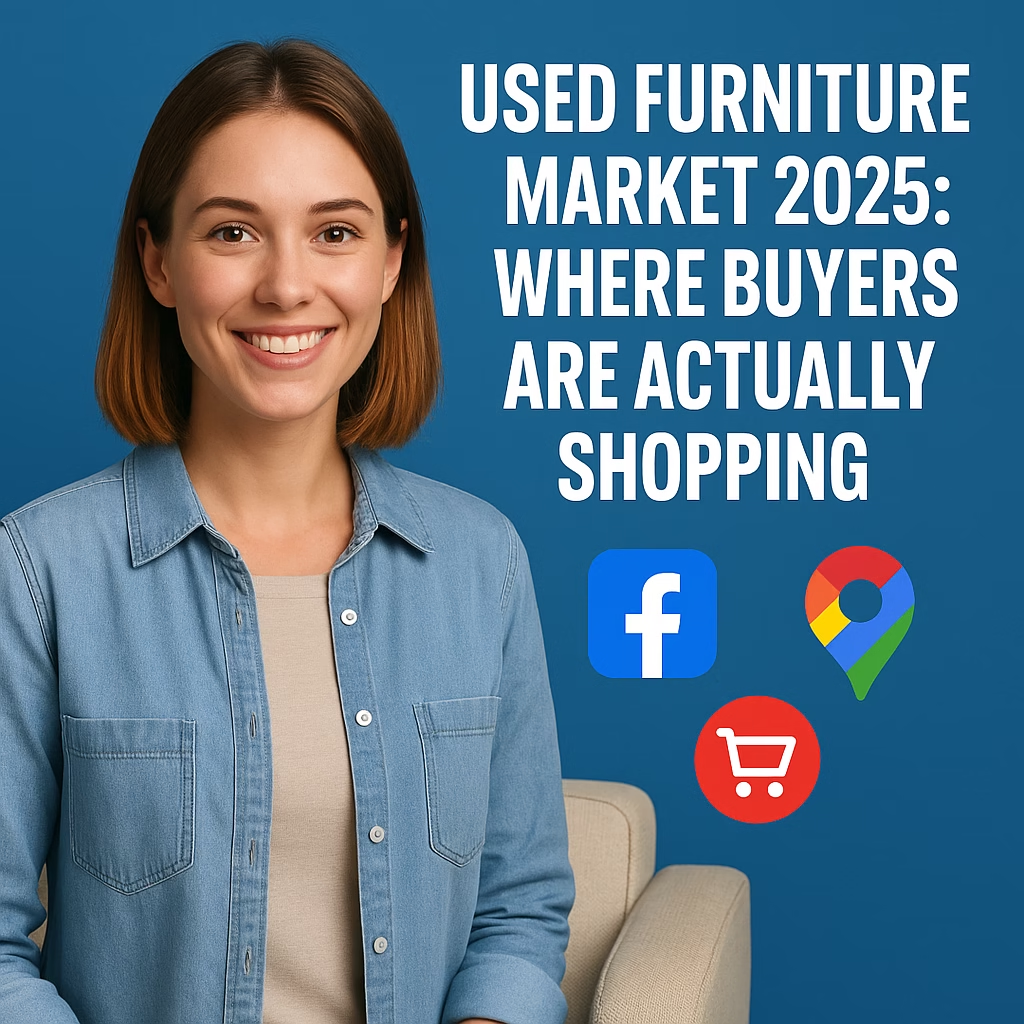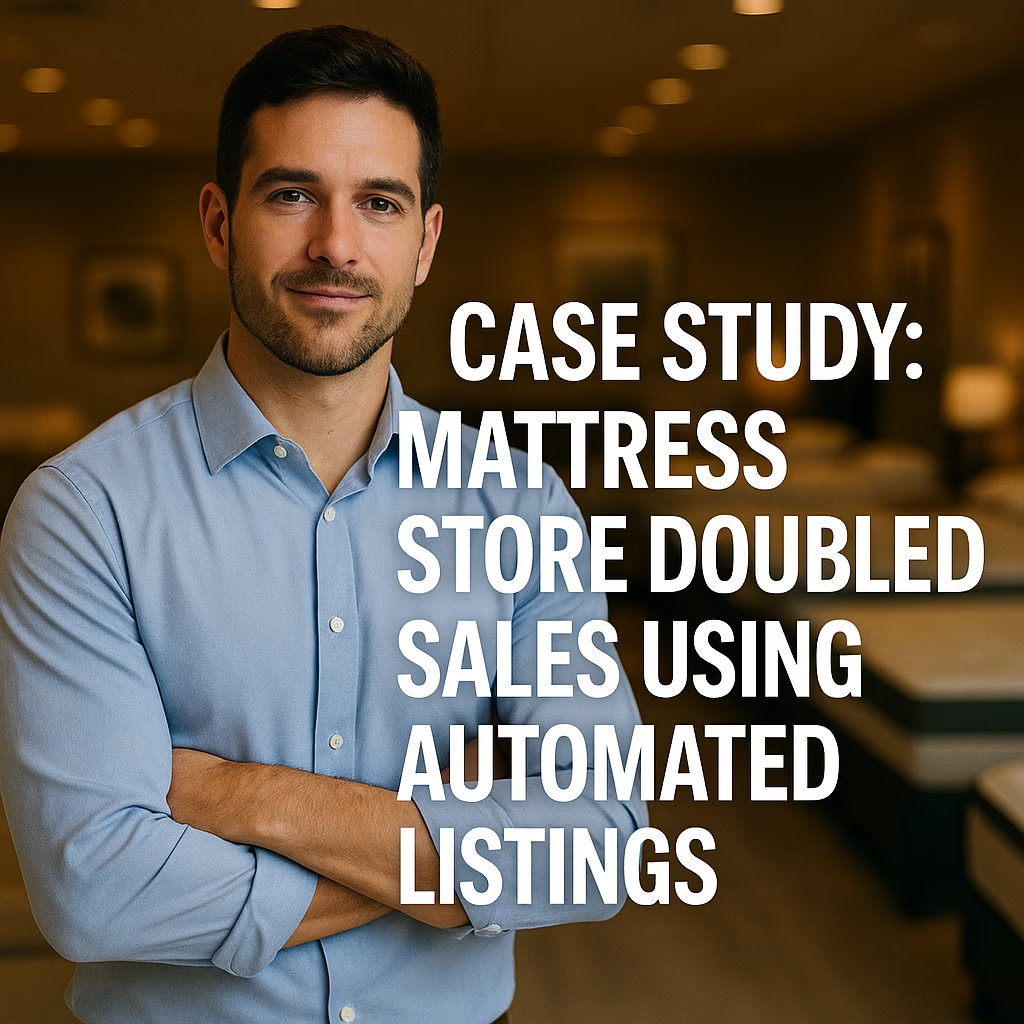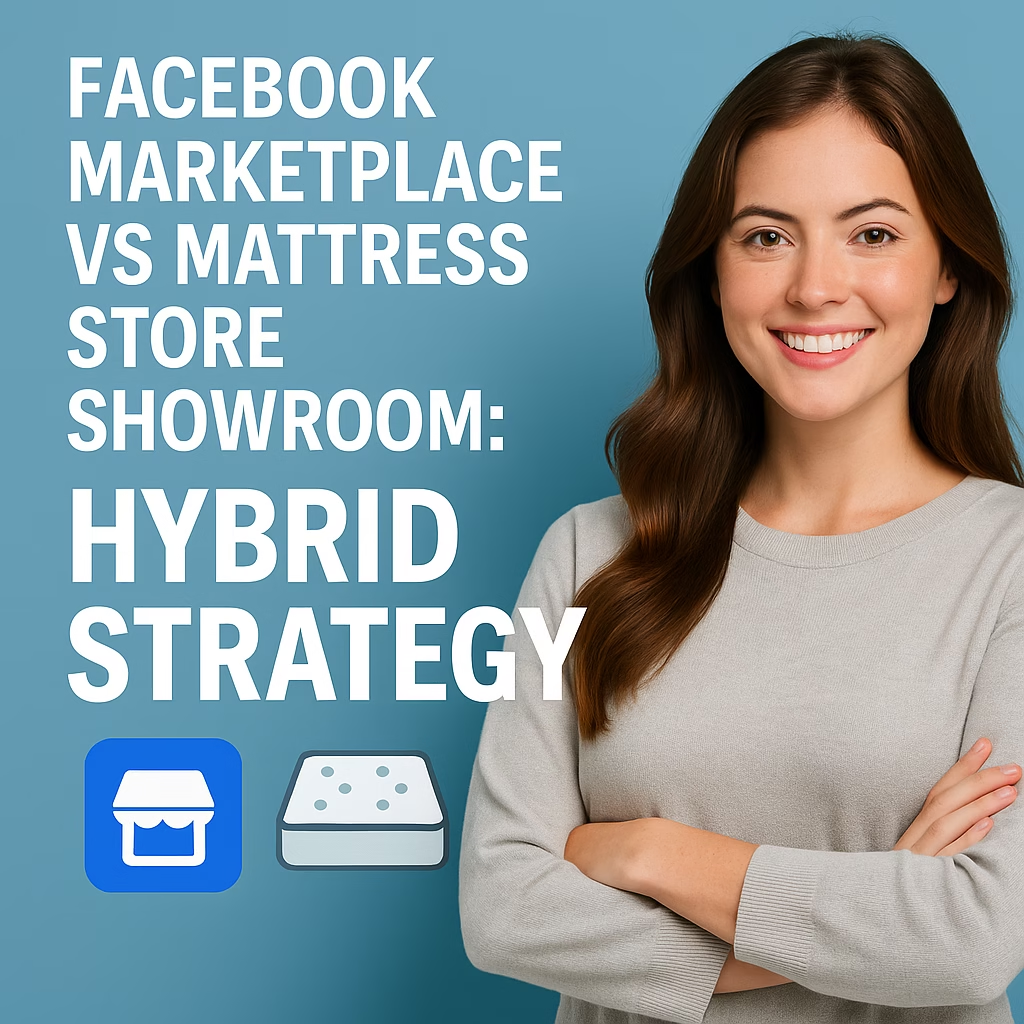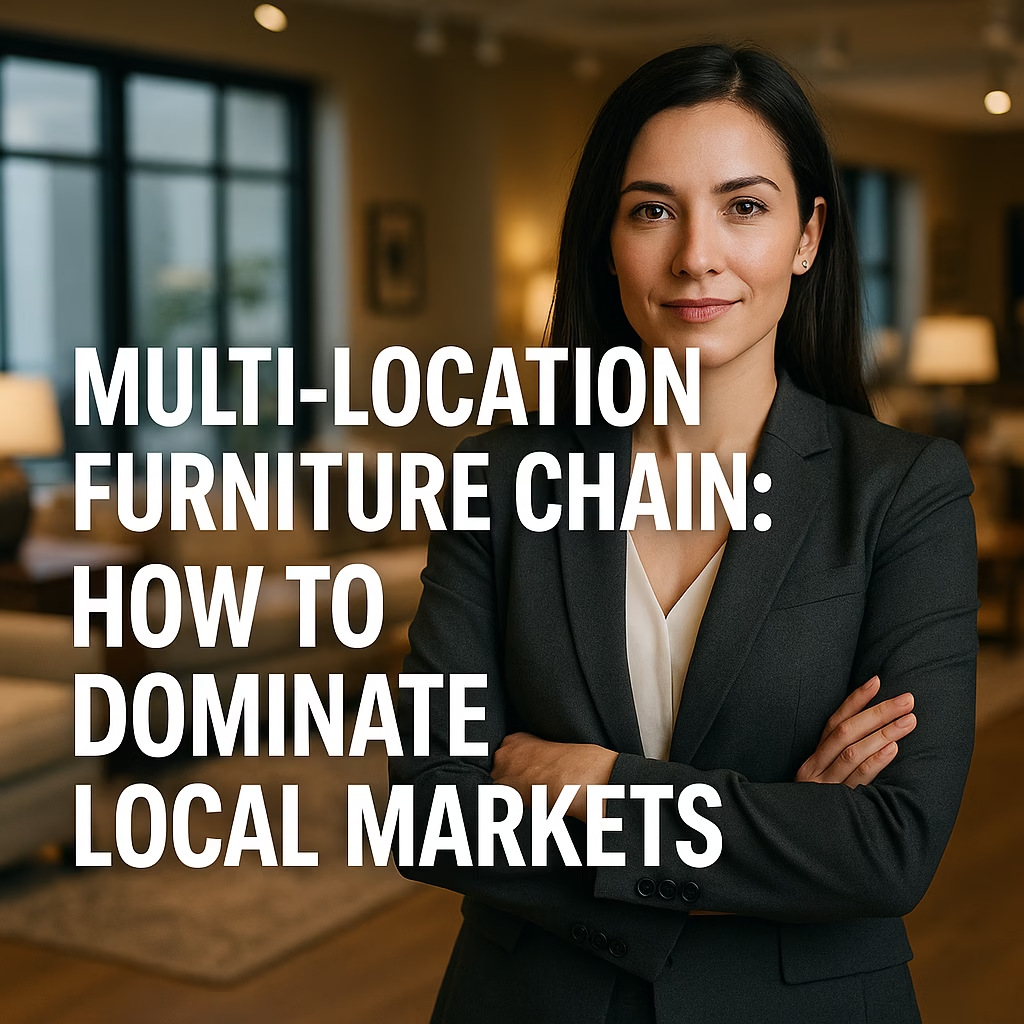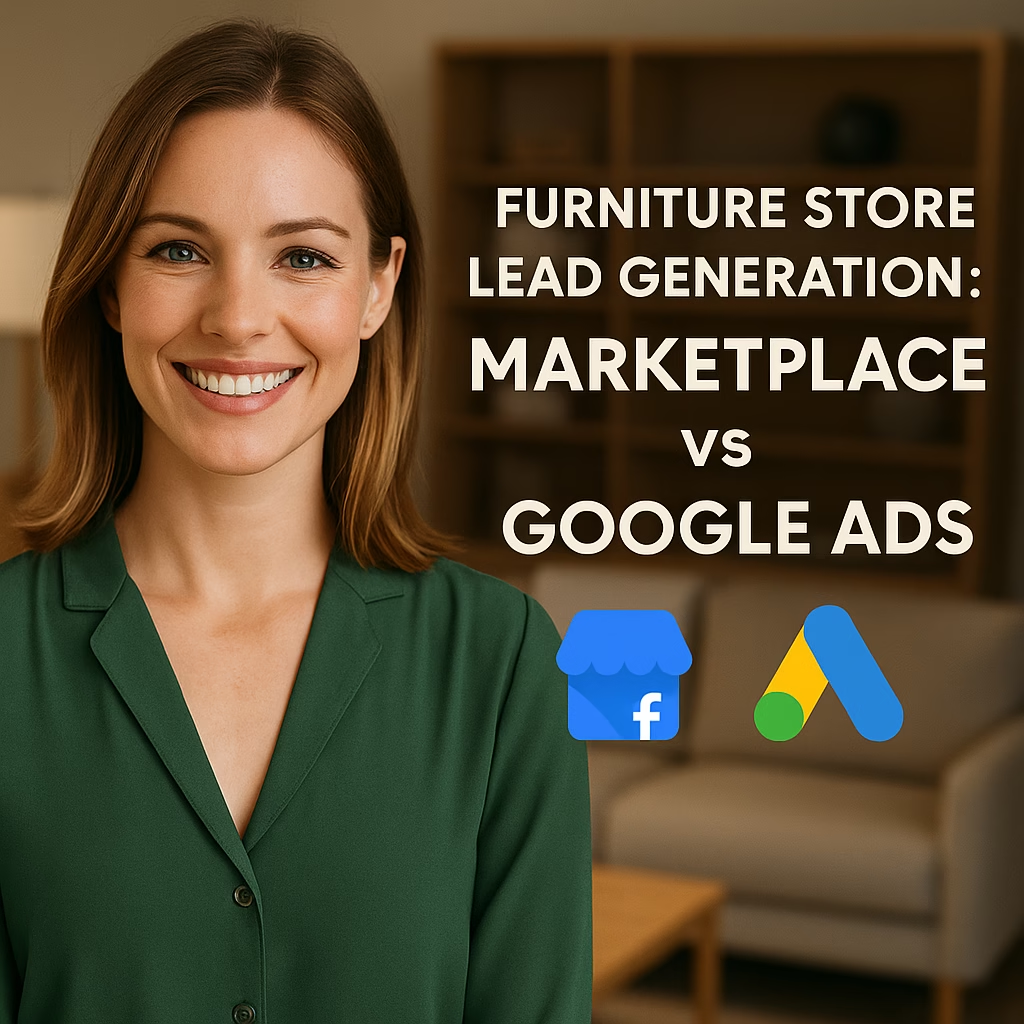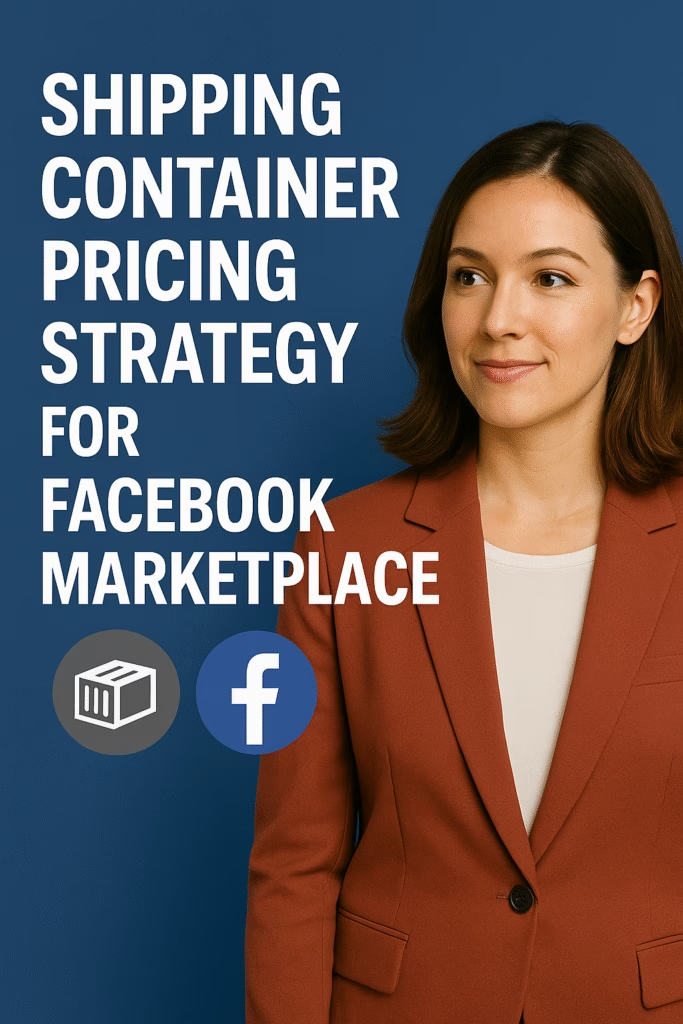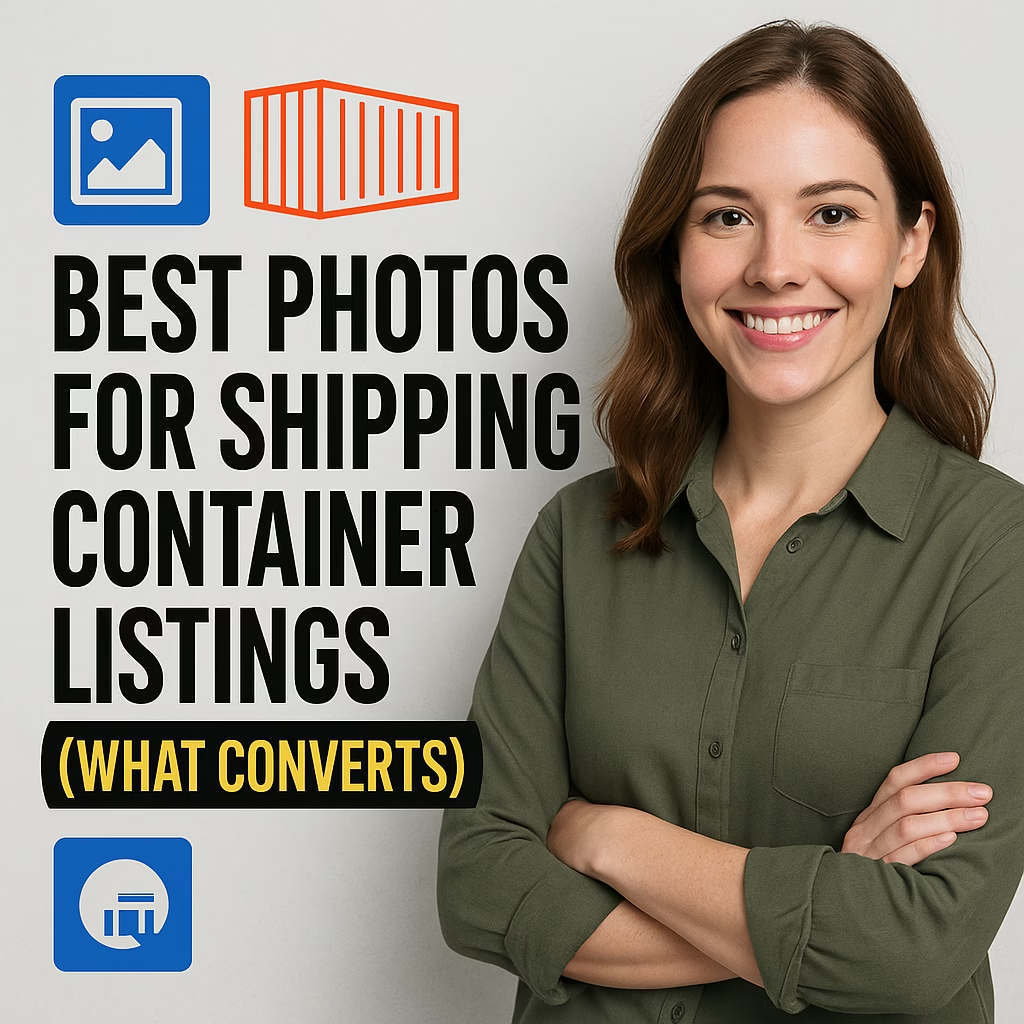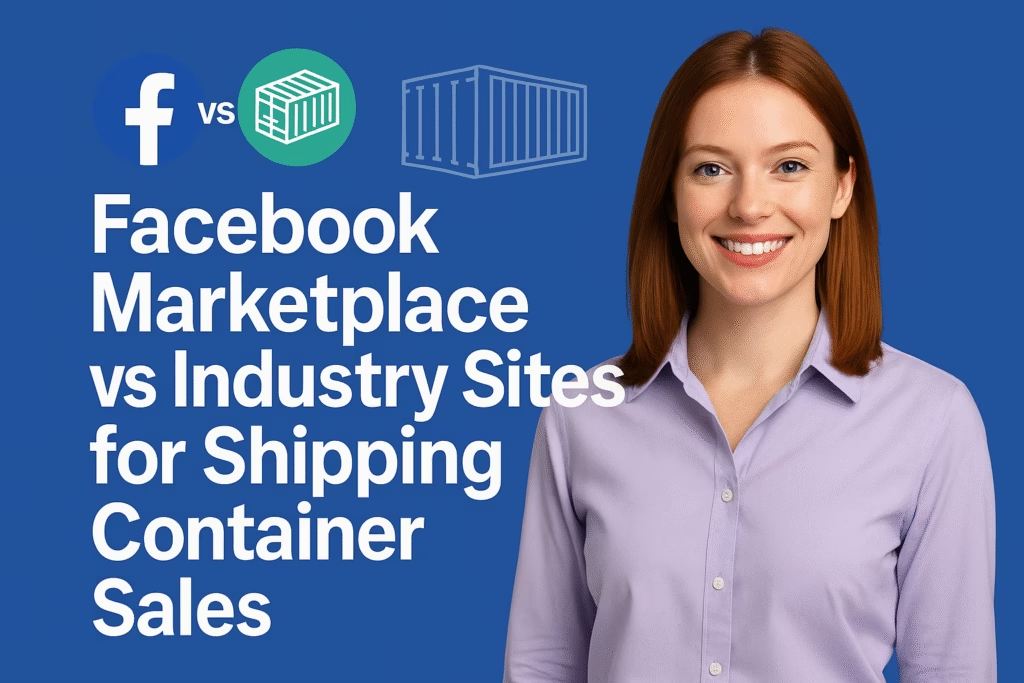How to Automate Your Furniture Inventory Posting Across 10 Platforms
How to Automate Your Furniture Inventory Posting Across 10 Platforms
Eliminate manual uploads, boost visibility, and turn every platform into a 24/7 lead machine using AI and automation tools built for furniture retailers.
Introduction
How to Automate Your Furniture Inventory Posting Across 10 Platforms isn’t just about saving time — it’s about scaling exposure and lead flow. By syncing listings automatically across Facebook, OfferUp, Craigslist, and more, your store stays visible everywhere your buyers shop. Let’s explore how leading furniture brands are using automation to dominate digital showrooms.
Expanded Table of Contents
- 1) Overview: The Omni-Channel Shift
- 2) The 10 Platforms That Matter Most
- 3) Step-by-Step: Building Your Automation Workflow
- 4) Best Tools for Furniture Inventory Automation
- 5) Template Strategy: Titles, Descriptions, and Pricing Rules
- 6) Automating Photos, Watermarks, and Videos
- 7) Platform Compliance and Policy Safety
- 8) AI Lead Handling & Instant Replies
- 9) Measuring ROI and Time Saved
- 10) 25 Frequently Asked Questions
- 11) 25 Extra Keywords
1) Overview: The Omni-Channel Shift
Modern furniture shoppers don’t browse one site — they browse ten. Between Facebook Marketplace, Google Shopping, Craigslist, and TikTok Shop, attention is fragmented. The key to scaling profitably is automation: syncing your product data, photos, and availability across every channel from one dashboard.
2) The 10 Platforms That Matter Most
- Facebook Marketplace
- OfferUp
- Craigslist
- Google Shopping
- Instagram & TikTok Shops
- Pinterest Catalogs
- eBay Local
- Nextdoor Marketplace
- Shopify Website Feed
- Yelp & Local Directories
Each platform reaches a slightly different buyer persona — automation ensures your listings stay synced and current everywhere.
3) Step-by-Step: Building Your Automation Workflow
- Centralize Inventory: Create a clean master list (Google Sheet or CSV) with photos, prices, SKUs, and availability.
- Connect Platforms: Link each account to your automation tool or upload via feed integration.
- Set Posting Schedule: Automate 2–5 daily listings during high-traffic windows.
- Enable Auto-Renew: Refresh expired listings weekly to stay visible.
- Track Performance: Pull lead and conversion reports by platform.
4) Best Tools for Furniture Inventory Automation
- Market Wiz AI — full Marketplace automation + instant lead reply.
- Shopify Flow — integrates with Google and Meta catalogs.
- Zapier / n8n — connect Sheets, APIs, and posting bots.
- Google Merchant Center — auto-feeds furniture listings to Google Ads.
- Meta Business Suite — manage inventory tags across Instagram and Facebook.
5) Template Strategy: Titles, Descriptions, and Pricing Rules
- Dynamic Titles: “[Style] Sofa — [City] Pickup & Delivery Available.”
- Descriptions: Include size, color, material, and delivery ETA.
- Pricing: Automate markdowns for aging stock (e.g., 5% off after 30 days).
- Tags: Use structured keywords like “modern couch,” “queen bed,” “solid wood dresser.”
6) Automating Photos, Watermarks, and Videos
AI can now auto-resize, crop, and watermark your product photos. Consistent 4:5 aspect ratios and lifestyle images outperform plain studio shots by 70%. Automation tools even pull short product clips into video formats for Reels or TikTok posts.
7) Platform Compliance and Policy Safety
- Rotate titles and photos to avoid duplicate detection.
- Always use real item images — not stock catalog shots alone.
- Disclose new/used condition clearly.
- Match category and sub-category accurately (“Furniture” → “Living Room”).
8) AI Lead Handling & Instant Replies
Once leads message your store, AI responders handle FAQs automatically — size, price, and delivery ETA — before routing qualified buyers to your calendar or checkout link. Average response time drops below 60 seconds, boosting conversions 2–3×.
9) Measuring ROI and Time Saved
| Metric | Before Automation | After Automation |
|---|---|---|
| Posting Time | 5 hrs/day | 30 mins/day |
| Active Listings | 80 | 500+ |
| Lead Volume | ~25/mo | 120+/mo |
| Response Time | 3 hrs avg | <60 sec |
| ROI (3 months) | 1.5× | 5–7× |
10) 25 Frequently Asked Questions
See FAQ Schema embedded above — covering automation, compliance, ROI, and setup workflows.
11) 25 Extra Keywords
- How to Automate Your Furniture Inventory Posting Across 10 Platforms
- furniture inventory automation software
- multi platform furniture posting
- market wiz ai furniture automation
- auto renew marketplace listings
- furniture google shopping sync
- offerup furniture posting
- craigslist automation furniture
- tiktok shop furniture
- instagram catalog automation
- ecommerce furniture feed
- facebook posting automation
- csv to marketplace upload
- inventory spreadsheet automation
- used furniture marketing tools
- multi channel furniture lead gen
- omni channel retail automation
- marketplace compliance furniture
- ai lead responder furniture
- delivery quote automation
- auto watermark product photos
- ai photo resizing marketplace
- multi store furniture sync
- 2025 automation playbook furniture
- cross platform furniture roi
How to Automate Your Furniture Inventory Posting Across 10 Platforms Read More »



